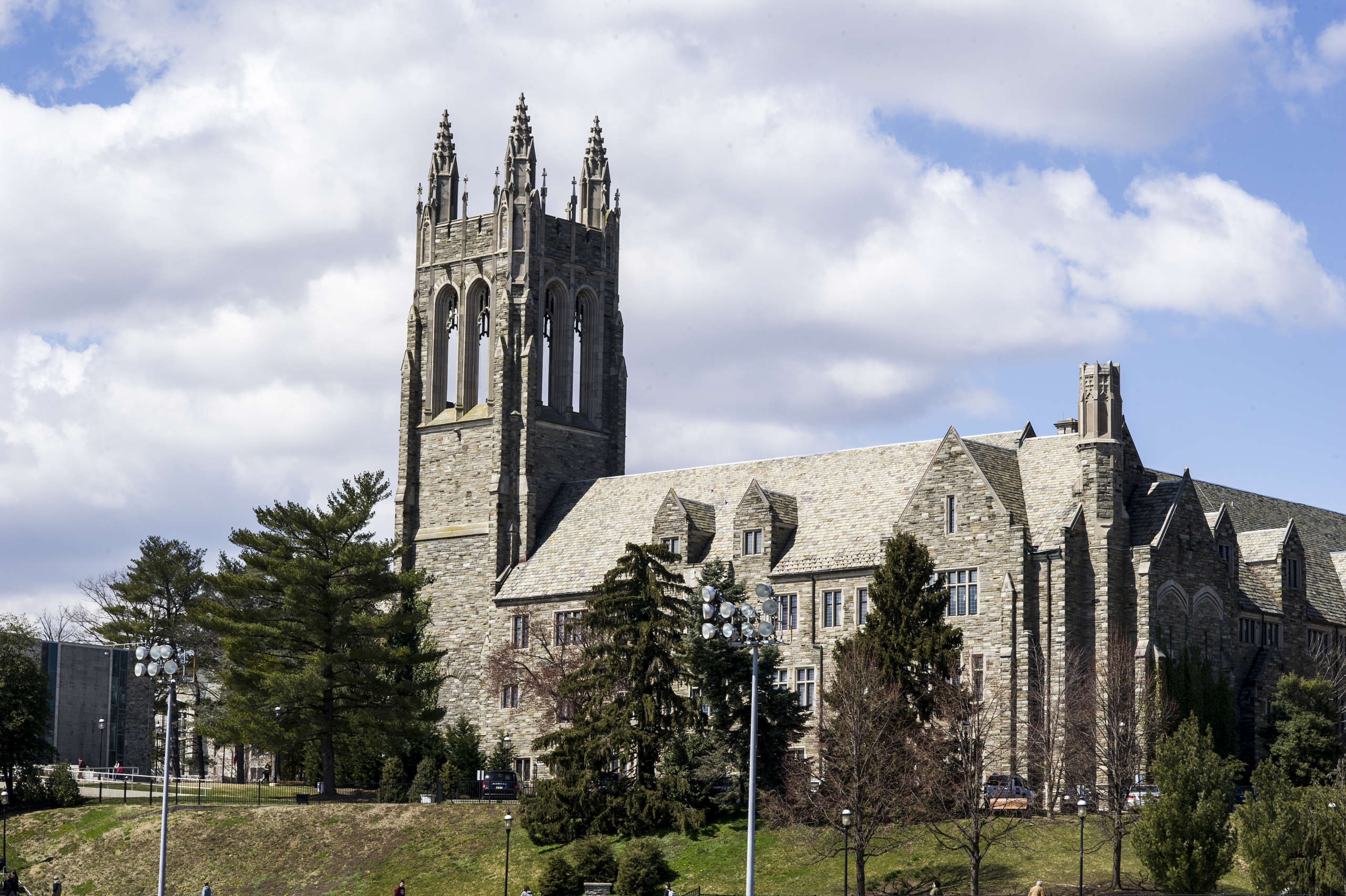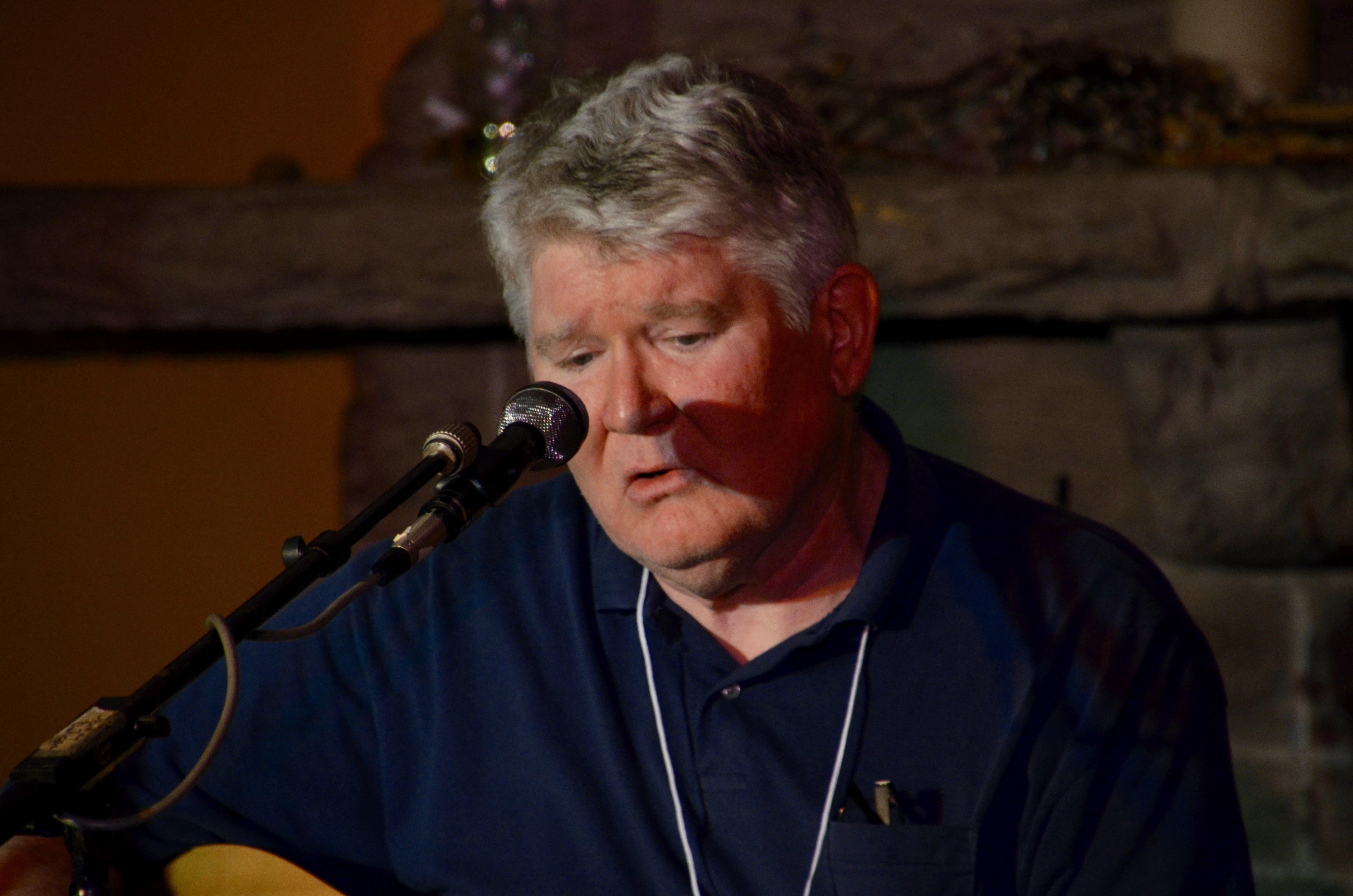When Tom Conaghan came to the United States from Doorin, County Donegal, in 1972, the path to the coveted Green Card—the legal document that permits immigrants lawful permanent residence in the U.S.—was amazingly short. “I arrived in July,” he says, “and I had my Green Card by October.”
Today, he says, the same process can be arduously long—12 years or longer, and with nothing like a guarantee of a Green Card at the end.
Conaghan is executive director of the Irish Immigration and Pastoral Center, a small but vibrant organization headquartered in a welcoming, home-like property at 7 South Cedar Lane in Upper Darby, just off West Chester Pike. Since 1998, the center has provided counseling—and often a shoulder to lean or cry on—to immigrants who want nothing more than to set down roots in the Delaware Valley and make an honest living.
The center is also a central gathering place for the Irish who’ve been in the Delaware Valley for years. On the day I dropped by, a gaggle of local ladies had assembled for their weekly luncheon. Close your eyes, listen to all the accents, and you could be in Donegal or Antrim.
The sideboard threatens to collapse under the weight of all the cakes and sweets, some of them store-bought, but others deliciously homemade. There’s also a large bowl of trifle—and a little bottle of something the ladies refer to as “altar wine” is making the rounds. They offer some in a paper cup. It would be impolite to refuse.
One of the ladies—Annabelle Manly, with curly red hair—is from a town called Dunamanagh, in County Tyrone. It sounds like she just got off the boat, but she has actually been in the Delaware Valley since 1950. Her story is typical of so many who came to the United States.
“I came here in 1950, December 6, through Ellis Island before it closed, on the S.S. America,” she says. “My name is on that wall (at Ellis Island). I’m a very historic person.”
Like so many Irish newcomers, Manly’s transition into American society was eased by the presence of a large and welcoming Irish community, a good many of them from the North. She roomed with other Irish girls in a place at 48th & Baltimore. She met the man who would become her husband, William, at the Horn & Hardart’s where she worked. “He had just come out of the Air Force,” she recalls. “He had dropped by to meet his buddy, who was the manager. He was in his uniform.”
They were married in 1953 at St. Francis de Sales Church at 46th and Springfield. In due course, Manly became a citizen. “Back then,” she says, “you had to wait three years to become one.”
Today, that sounds like an immigrant’s dream come true. But that was a different time—and a different America.
The mission of the Immigration Center began with the passage of the Illegal Immigration Reform and Immigrant Responsibility Act of 1996. From Conaghan’s perspective, “the Illegal Immigration Act literally took away every bridge and road the Irish had once crossed into legal residence in the United States.”
Conaghan and colleagues were also deeply motivated by the May 18, 1998, raid by agents of the Immigration and Naturalization Service on the Irish Coffee Shop on West Chester Pike in Upper Darby. News reports at the time (Irish Voice, June 2, 1998) suggest that INS agents rounded up two, and possibly three, undocumented Irish citizens.
Conaghan’s recollection is different. The entire event had been shrouded in secrecy, but the Federation of Irish American Societies learned through overseas sources that the agents had actually picked up, jailed and deported five Irish young people—including one young woman from his home town.
“Those five young people were deported and were missing and the established Irish community in Philadelphia didn’t even know what had happened, except for a few people who were directly involved, like the guy who owned the coffee shop,” Conaghan says. “He suffered fines, as well.
“The young girl, who was 17, from my home town, was deported two and half weeks later in the same clothes she was wearing when she was arrested. She was terrified and still suffers anxiety.”
Years later, Conaghan and the employees and 40 volunteers of the Immigration and Pastoral Center continue to draw inspiration from this incident. To them, the question is not whether undocumented immigrants overstay their welcome (up to six years on a work visa). They don’t dispute that many Irish citizens have, in effect, broken the rules. However, they argue that the undocumented are victims of a system that has grown to be so muddled, complicated and expensive as to make the path to legal residence nearly impossible for all but the most determined.
Immigrants often are victims of a double whammy, he adds. That is, their work visas, which allow them temporary residence in the U.S., expire long before their applications for a Green Card are approved. (Nearly half of all those the INS regards as illegal are what are called “visa overstays,” according to the Washington-based Pew Hispanic Center.) “And maybe, in the meantime, that person has started a family and there are children involved,” Conaghan says. “It’s a condition created by a bureaucracy, and it shouldn’t happen.”
Many Irish caught up in this bind exist in a kind of shadow world—often gainfully employed, even paying federal income taxes, but always living in fear of being picked up and deported. And there’s worse—they’re trapped here, unable to return to Ireland even to attend the funeral of a loved one, for fear of betraying their status and being barred re-entry to the United States.
“I know of one woman whose father died,” Conaghan says. “She was the only sister of the family, with seven brothers. She didn’t go home for her father’s funeral. Four years later, she walked in here one day, and she told me her mother was sick. She started to cry, and I cried with her. Her mother died, and she couldn’t go back.
“That woman has teen-age children now. Her husband is also undocumented. Unless there’s an immigration bill passed or some kind of comprehensive reform, the only hope that she has is that her oldest child, when he becomes 21, can sponsor her—but that’s three years away. In the meantime, she and her husband could be picked up and deported.”
The shame of it all, he says, is that so many young Irish citizens want to come to the United States. In his day, he says, leaving Ireland was a decision borne of necessity. Now it’s a matter of choice. So the Irish people who want to take up legal residence here are well-educated, potential assets to the United States. But they won’t come, he says, “because they’re afraid they’re going to be arrested.”
This, he says, is tragic on many levels, but especially because the Irish community in the United States, which has contributed so substantially to the life of this country, could be endangered. “Given our historic contribution to this country, the number of Irish who are let in here is a disgrace.”
To address these issues, the Immigration and Pastoral Center offers a wide range of services, including assisting those who are eligible for Green Cards, as well as rendering aid and comfort to those who live in the shadows. There are many other ancillary services. For example, Center staffers and volunteers visit prisoners. They run workshops. They assist with work authorization renewals and they provide a wide range of social services. (On a lighter note, the center also sponsors the local Rose of Tralee festival.)
Although mostly Irish immigrants avail themselves of the center’s services, Conaghan says the Immigration and Pastoral Center maintains good relations with other immigrant groups, including a local Spanish mission. Additionally, the center provides its services to any immigrant who needs it, regardless of national origin. (On the day I visited, one staff member took a phone call from an Indian woman who had just moved from New York City to Philadelphia.)
Those services are provided, he says, courtesy of donations from the Delaware Valley Irish community and from the Irish government. The center accepts no government support. That level of independence is important, Conaghan says. “Money is not our God. We do have a God, but the God that we believe in is the God that will deliver the freedom our people deserve in the desert,” Conaghan says. “We’ve been wandering in the desert for too long.”
Over the years, the Irish Immigration and Pastoral Center has helped thousands of Irish immigrants. The center has also become a cozy gathering place for those long established in the Delaware Valley.
On Sunday, March 16, the center will celebrate its 10th anniversary of service to the Irish community with an Immigrant Reunion at the Philadelphia Irish Center, Carpenter and Emlen Streets, in the Mount Airy section of Philadelphia. Magician and balloon artist John Cassidy will be on hand to entertain the kids. Music will be provided by Mary Beth Ryan and Friends and D.J. Seamus McGroary. Food will be available from Mickey Kavanaugh Caters.
The fee is $25 for adults; there is no charge for kids. For details, contact the center at (610) 789-6355.



